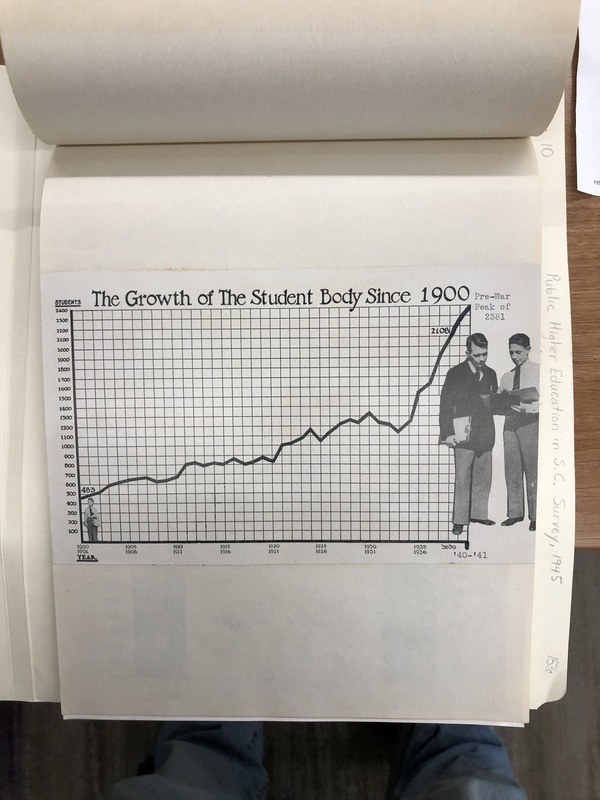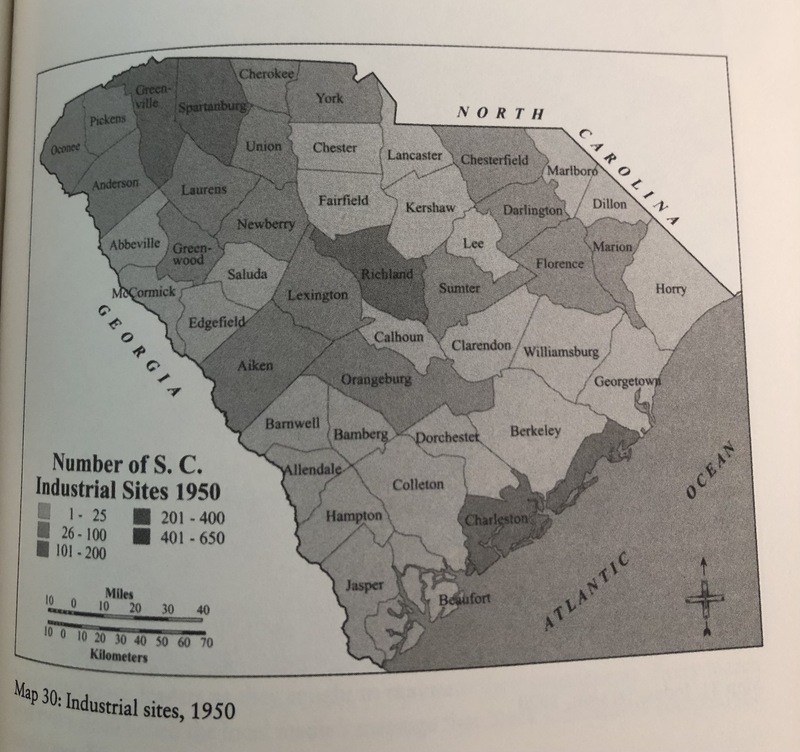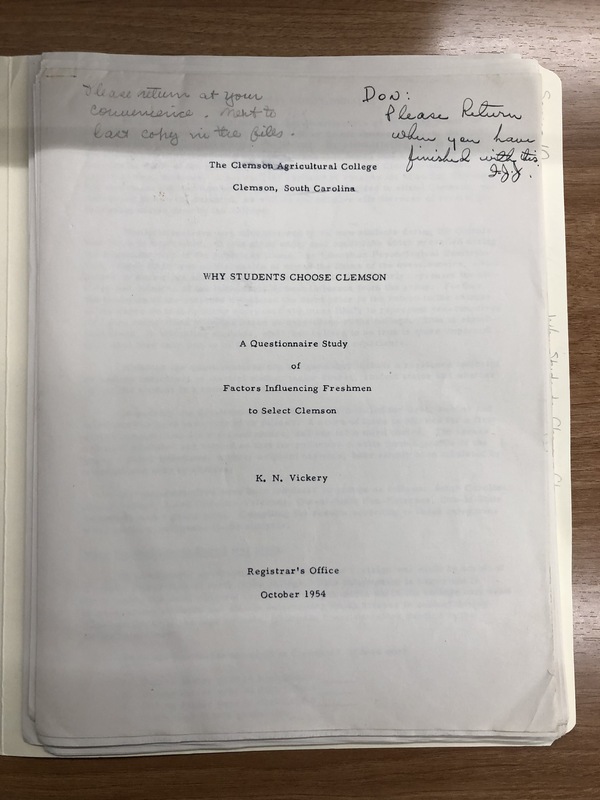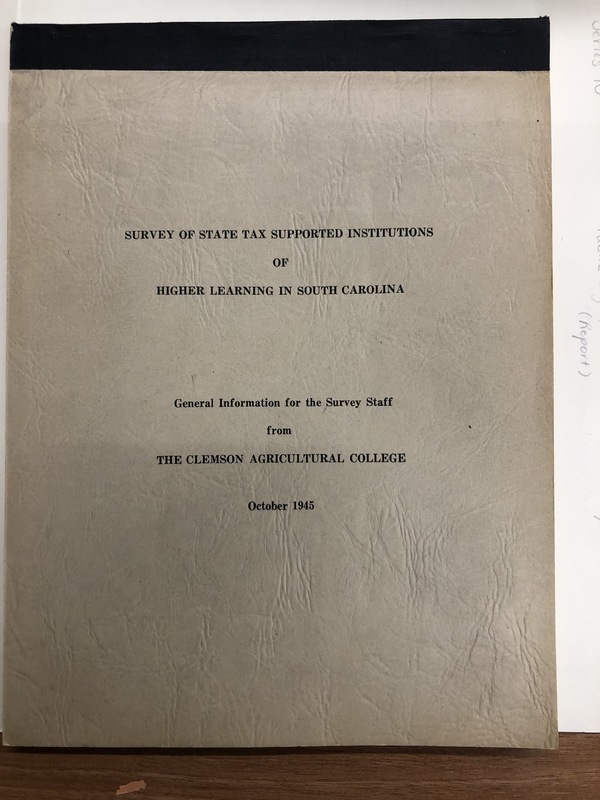South Carolina Shift From Rural to Urban Economy
State of the State in South Carolina in the period after the ending of WW II was one of economic transformation. Historically rural, South Carolina had turned the corner towards a more industrialized economy.
In the information below, we can see that the student body has grown dramatically since 1900, however the question remains as to “why”?
South Carolinas internal battle between urban and rural regions of the state ended as industrial activities surpassed farms in the state. Textiles led to a different standard of living. A different standard of living led to the growing family dynamic. The growing family dynamic resulted in more children, more schools, more school districts, and ultimately more students attending college.
From 1945 – 1954, South Carolinas economy grew faster than the national average. As this trend continued, the industrial base and per capita income of citizens expanded significantly thereby recruiting more capital and managerial talent. The result was more opportunity for South Carolinians.
So how do economics impact education? Why does it matter?
Economics impacts education from a couple of perspectives. First, expendable income can lead to investments of all types, but certainly helps as parents want to invest in the education of their children. Second, expendable income can also lead to contributions to higher education institutions for research, charitable considerations and help to fund facilities to further fuel growth.
Back to the survey mentioned in the prior section. Not to oversimplify, but students, veteran, and non-veteran, wanted to come to Clemson. The result of the expansion, and the efforts of the leadership of Clemson’s plan to increase enrollment from more offerings and acceptance of a wider range of students was working.
Build it, and they will come certainly seems to be apparent at Clemson.



